*Disclaimer: This article contains heavy spoilers for the movie “Flow.”
In a society where everything seems ephemeral, the value of interpersonal dependence rises. Unfortunately, this makes personal sacrifices inevitable, which often adversely affect one’s development. “Flow,” chosen as the Best Animated Feature at the 97th Academy Awards, beautifully captures the gravity of altruism.
The plot revolves around a flash flood that drives the black cat, the protagonist, to flee its shelter and share a boat with other animals. Despite some bumps along the road, it learns to survive with and understand fauna of vastly different characteristics, such as the carefree capybara, cheerful dog, greedy lemur, and wise secretary bird.
This secretary bird, introduced midway through the movie, takes on the role of a “mother figure” when circumstances force the cat to be independent. The pair continues to develop this eccentric relationship.
On their first encounter, the feathered friend uses its wings to protect the feline from suffocation. This action demonstrates its inherent benevolence – although it has no prior connections with the cat, it still decides to lend a “wing.”
Furthermore, when others from the flock attack the cat for a clumsy mistake on its part, the bird stands up for the cat. The action is derived solely from its altruism, as this decision instantly separates the secretary from its friends — a choice that fosters heavy consequences.
This scene served as a powerful criticism of such situations and got me to reflect back on my actions, where I might have condemned actions of kindness because of the fear that I would lose my own benefits.
Although this decision defies rationality, it adds depth to the character, as the gesture of protection stems from the bird’s affinity for justice. At the same time, however, it leads to violence and ostracism from the troop and loses all the privileges that it used to enjoy when the leader breaks its wing as punishment.
In a fairy tale world, justice always wins, but in reality, ethics and virtue do not guarantee benefits. Likewise, the isolation insinuates the bird’s loss of hope. With the loss of its support network — its flock — it distances itself from all opportunities to develop a new one.
Feeling guilty, the Bombay does all it can to compensate for the bird’s generous gesture. For example, when the fowl hunts for fish, the feline accompanies it. Later, when it ventures into an unknown place alone, the cat follows and provides company.
When the crew arrives on an island formed by rocks that seem to stretch into the sky, the fowl sacrifices itself as an offering to end the flood. Then, a magical scene proceeds to unfold as water droplets rise to the sky together with the bird. The cat also emerges out of curiosity and concern, but the bird deliberately flies into what seems like an endless galaxy, while the Bombay falls back down.
The contrast between the two animals underscores the bird’s loss of its will to live, unlike the cat. The critter willfully chooses death — a compassionate, characteristic death — to end the disaster for its companions on the boat.

By far, the sacrifice of the bird marked the most memorable moment of the whole film, and it simply astonished me. It absolutely exceeded my expectations, as I didn’t expect a movie without flashy effects, tons of conflicts, or dialogue to leave such a deep impression.
The notion that one’s generosity continues even after setbacks shocked me: The film seemed pessimistic about the bird’s kindhearted nature as it highlights the adverse outcomes of its charitable actions. It thus conveyed to me that even though it might not seem beneficial, righteousness is a beautiful, commendable trait that one should hold on to.
I would give “Flow” a rating of 9 out of 10, only because the galaxy scene might seem too abrupt since the movie does not incorporate much magical realism prior to it. Moreover, due to the nonverbal nature of the animals, the message might seem unclear to some.
Nonetheless, the film is a must-watch for those who look for consolation in a ruthless society, where it often seems as if kindness leads to no benefits. Surely, the magnificent artwork will touch your heart.



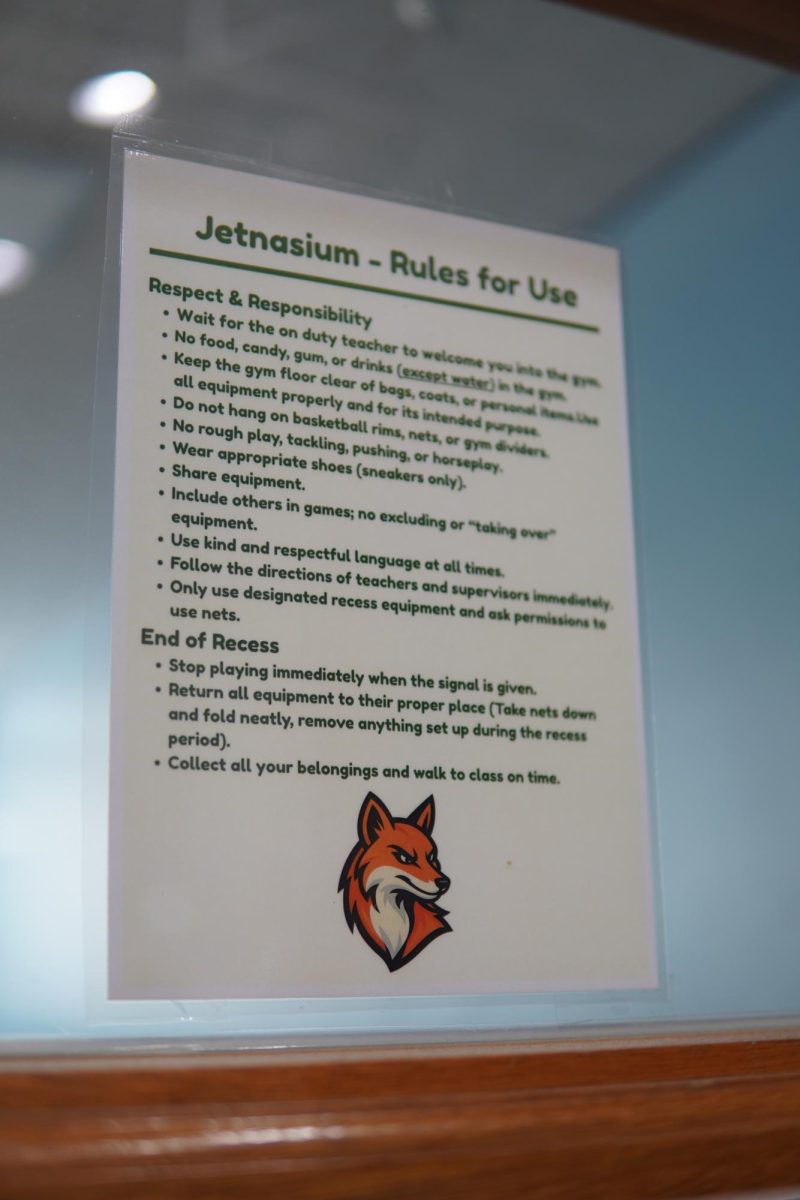




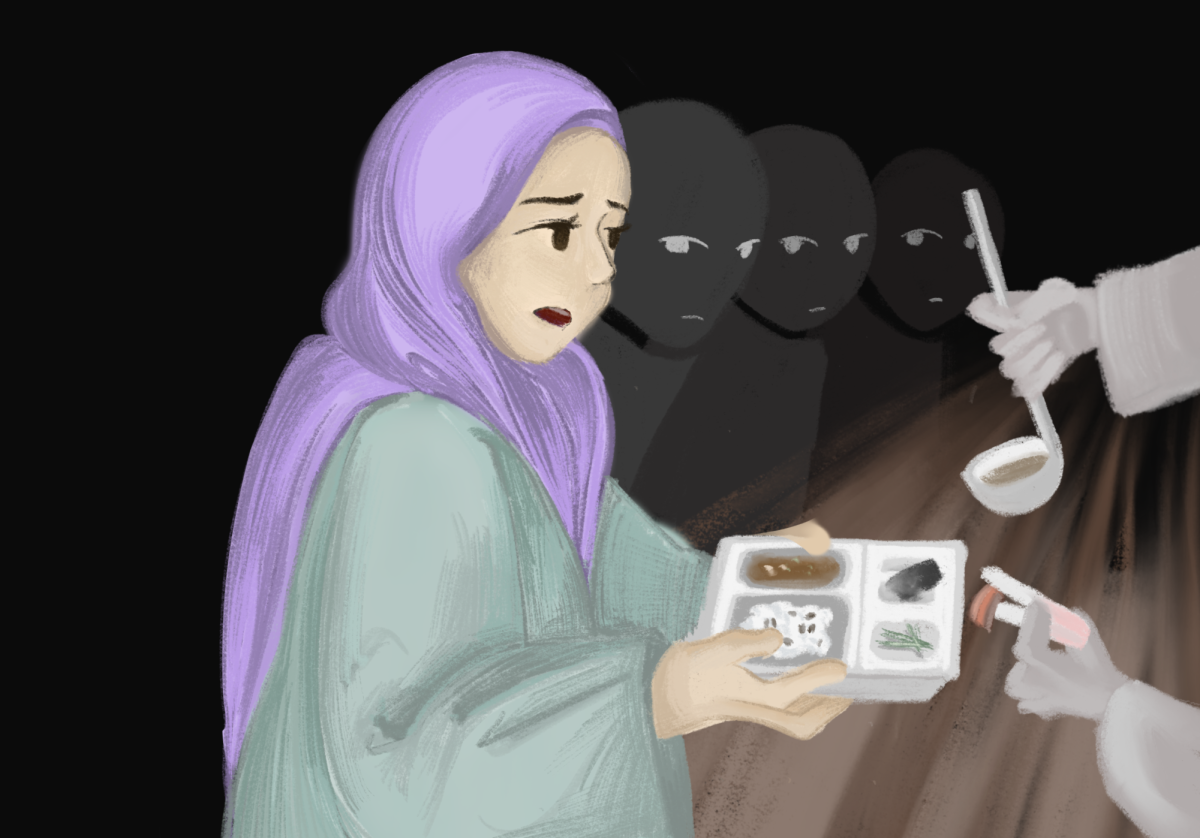
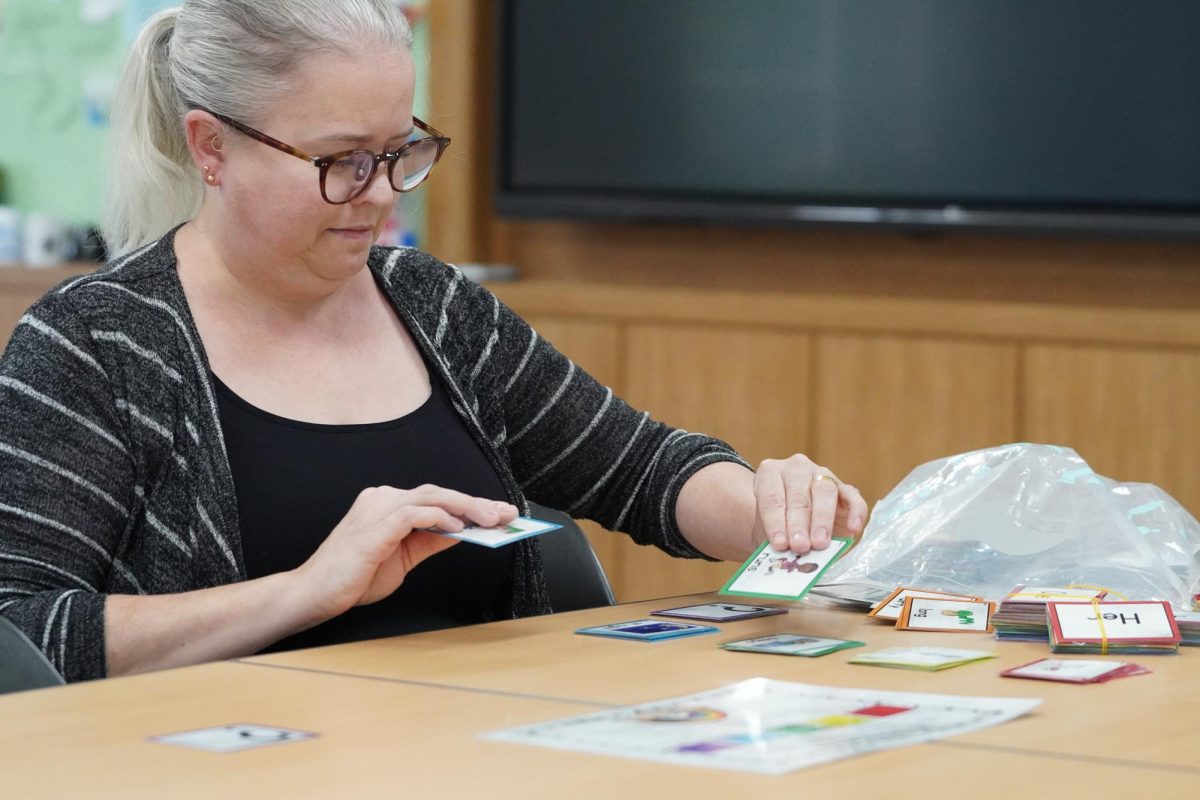




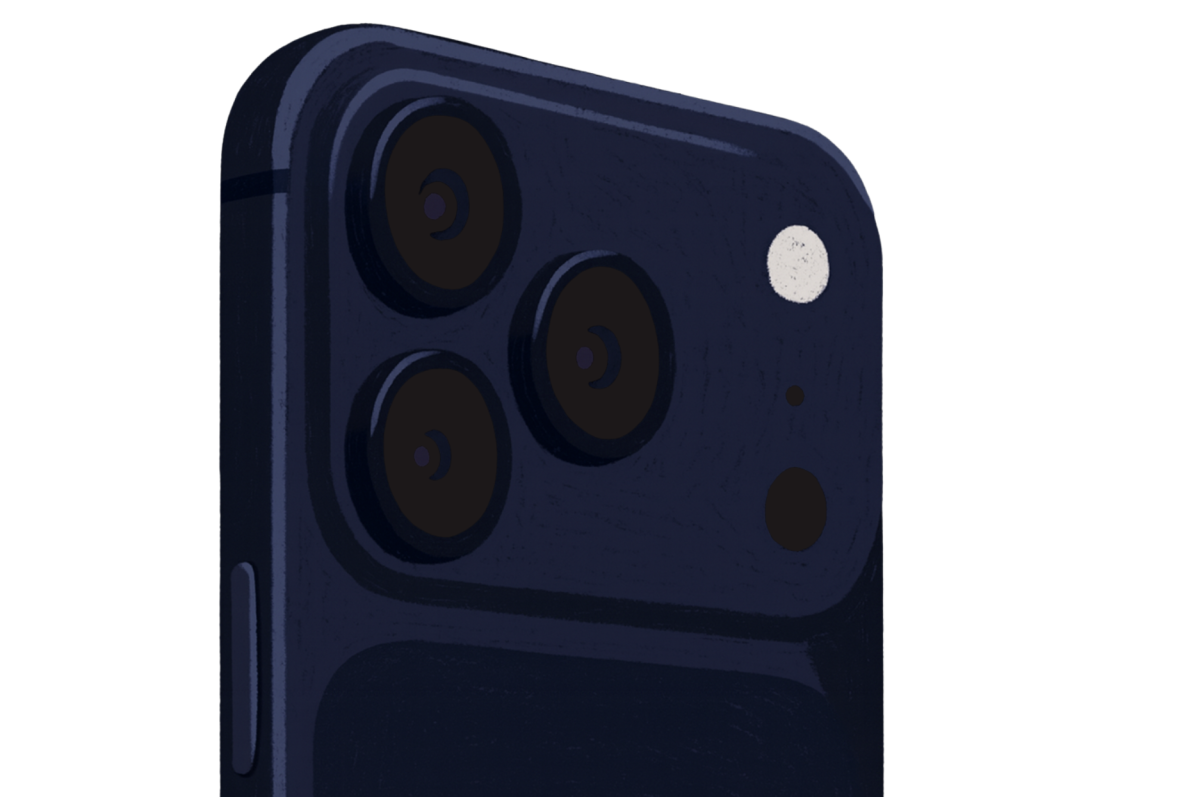
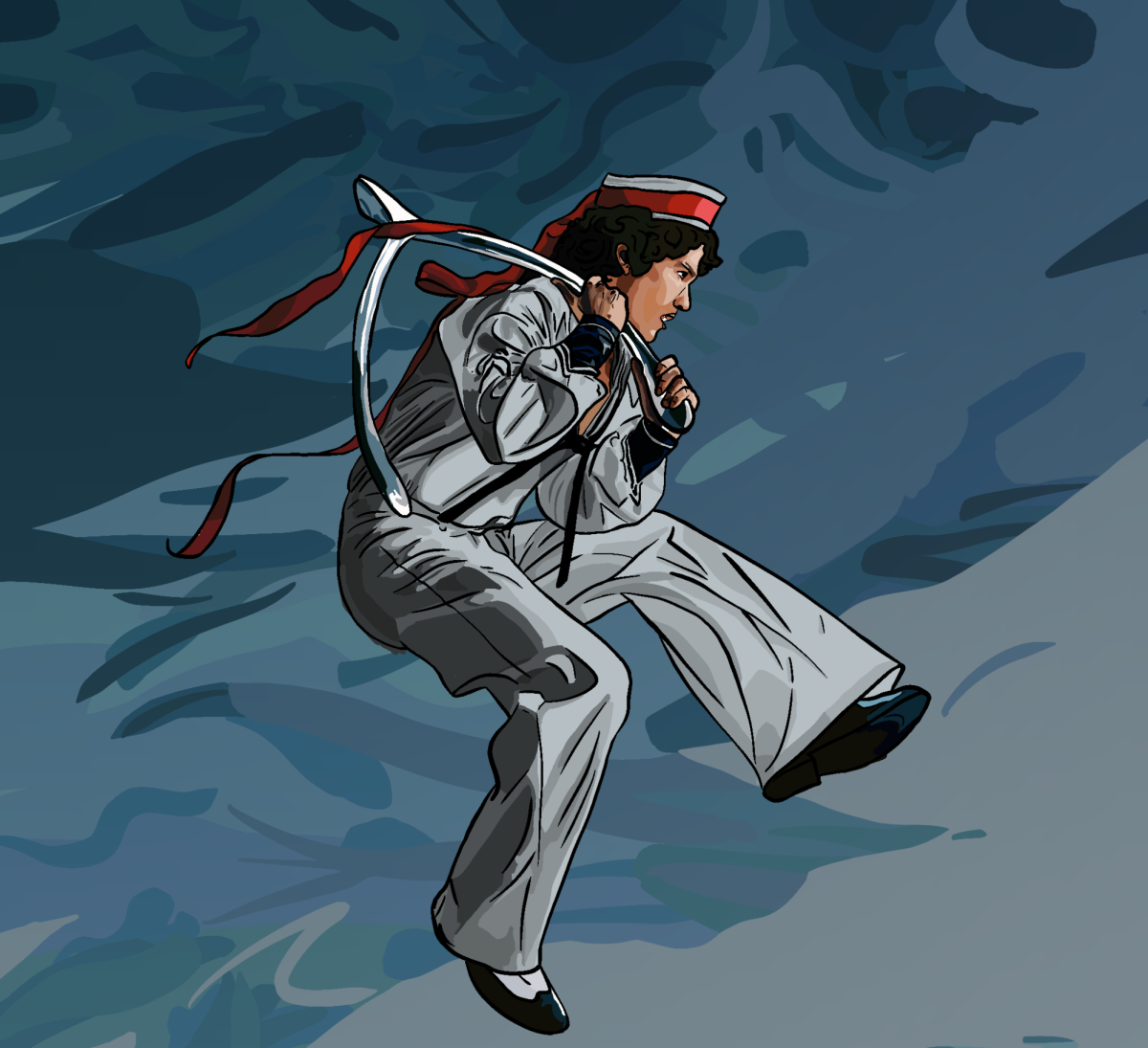

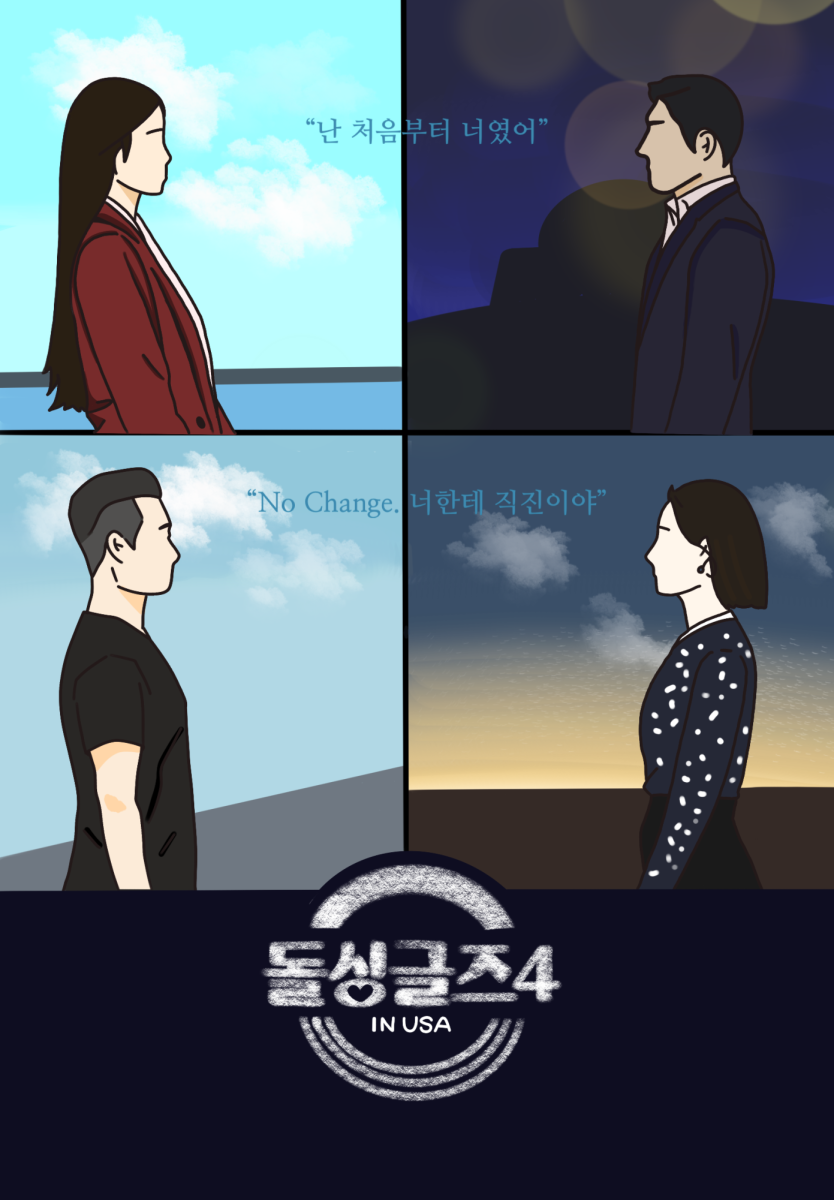



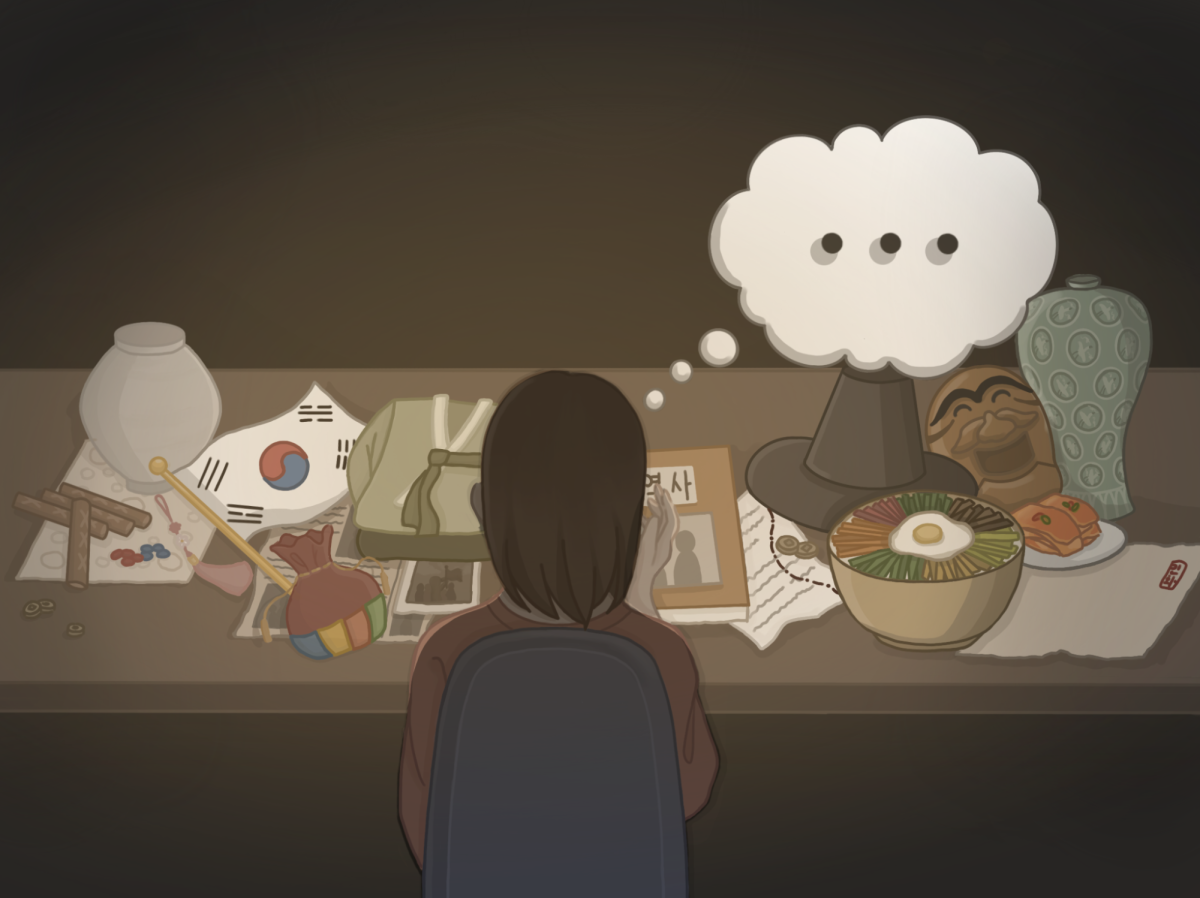
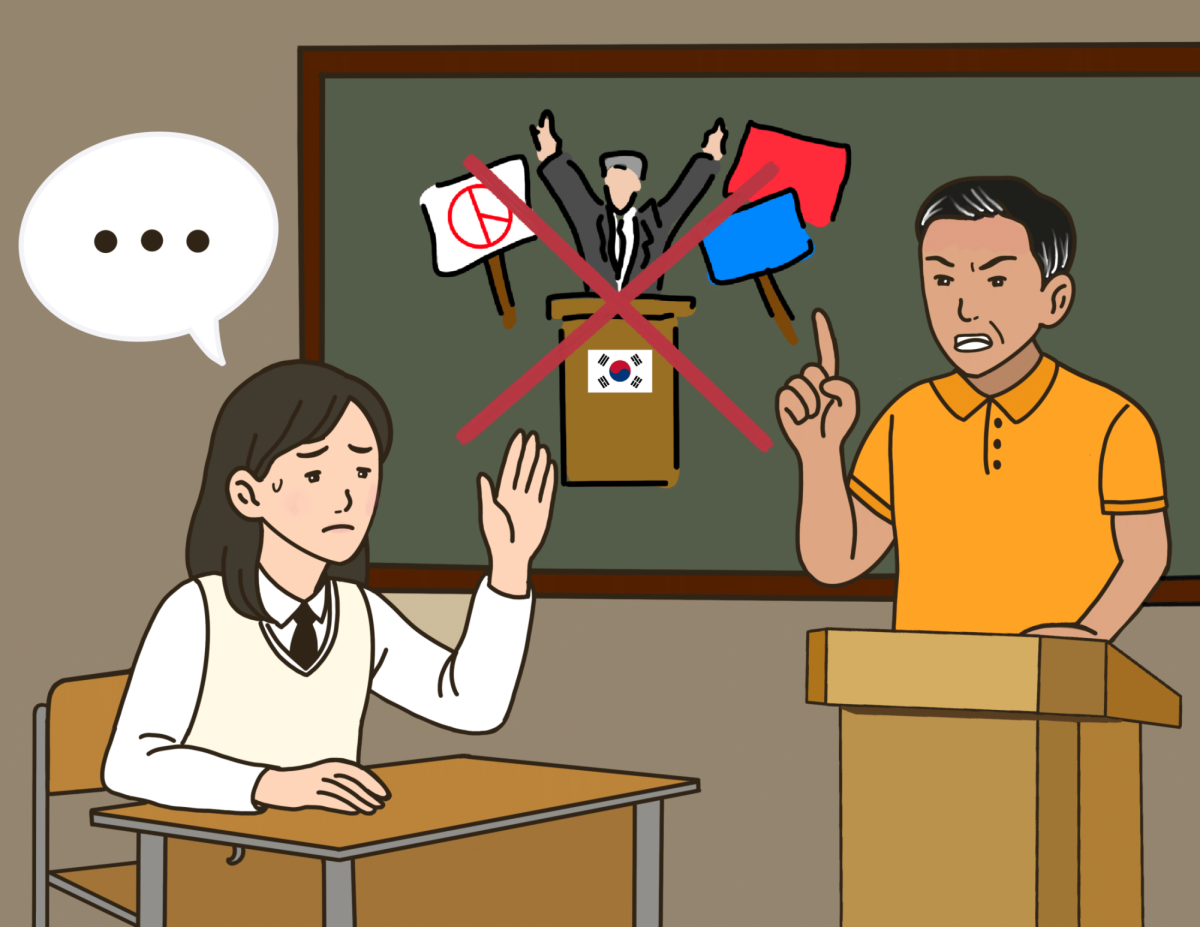

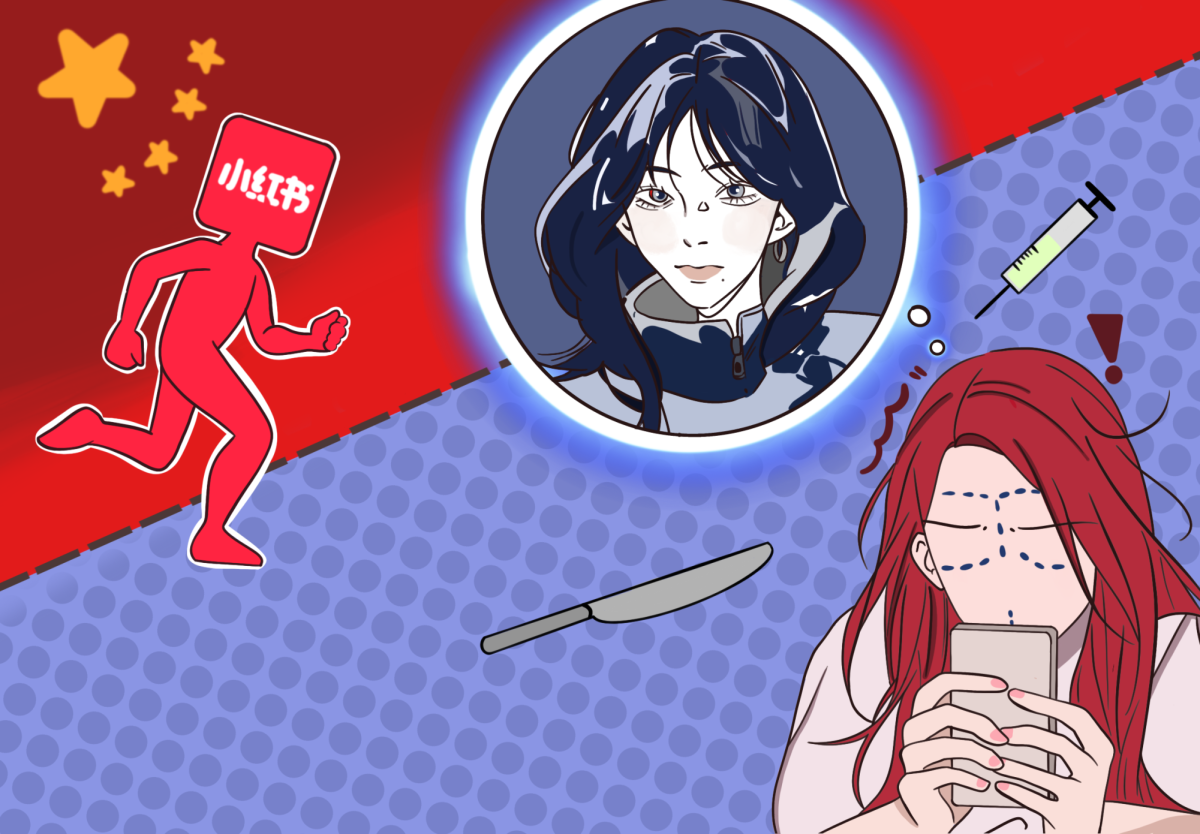

















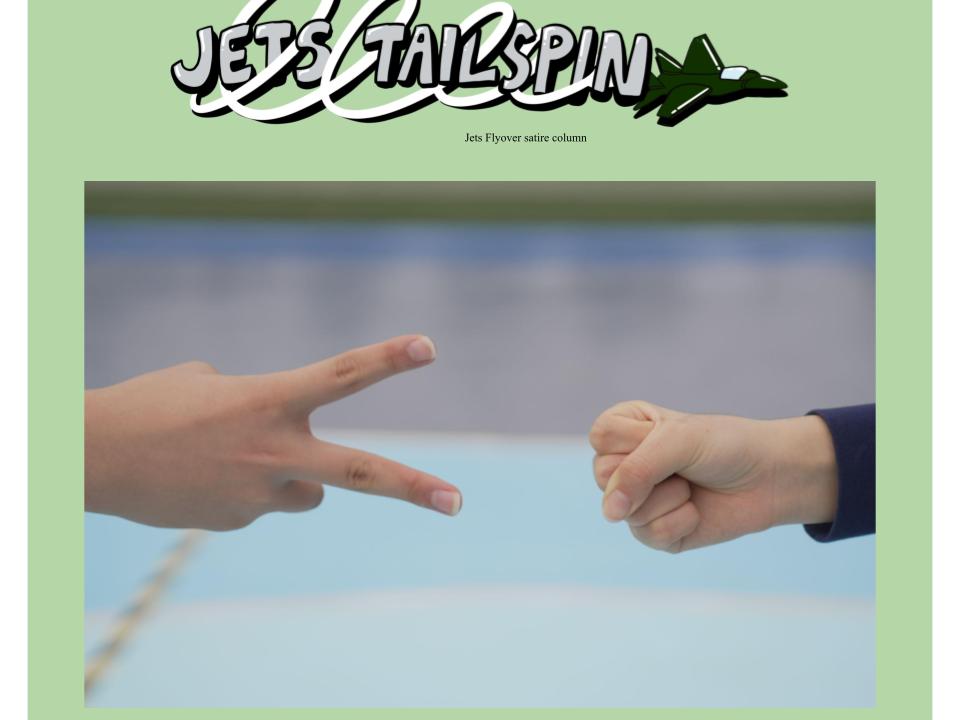
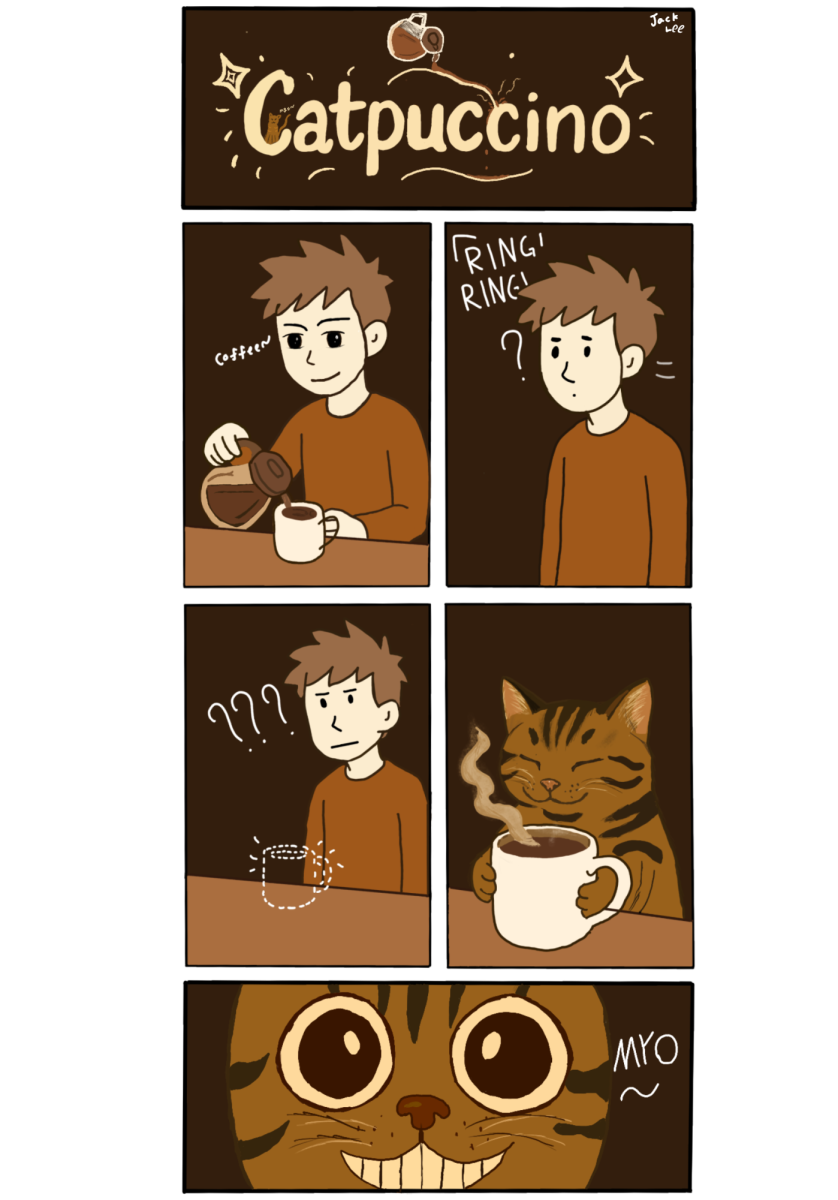


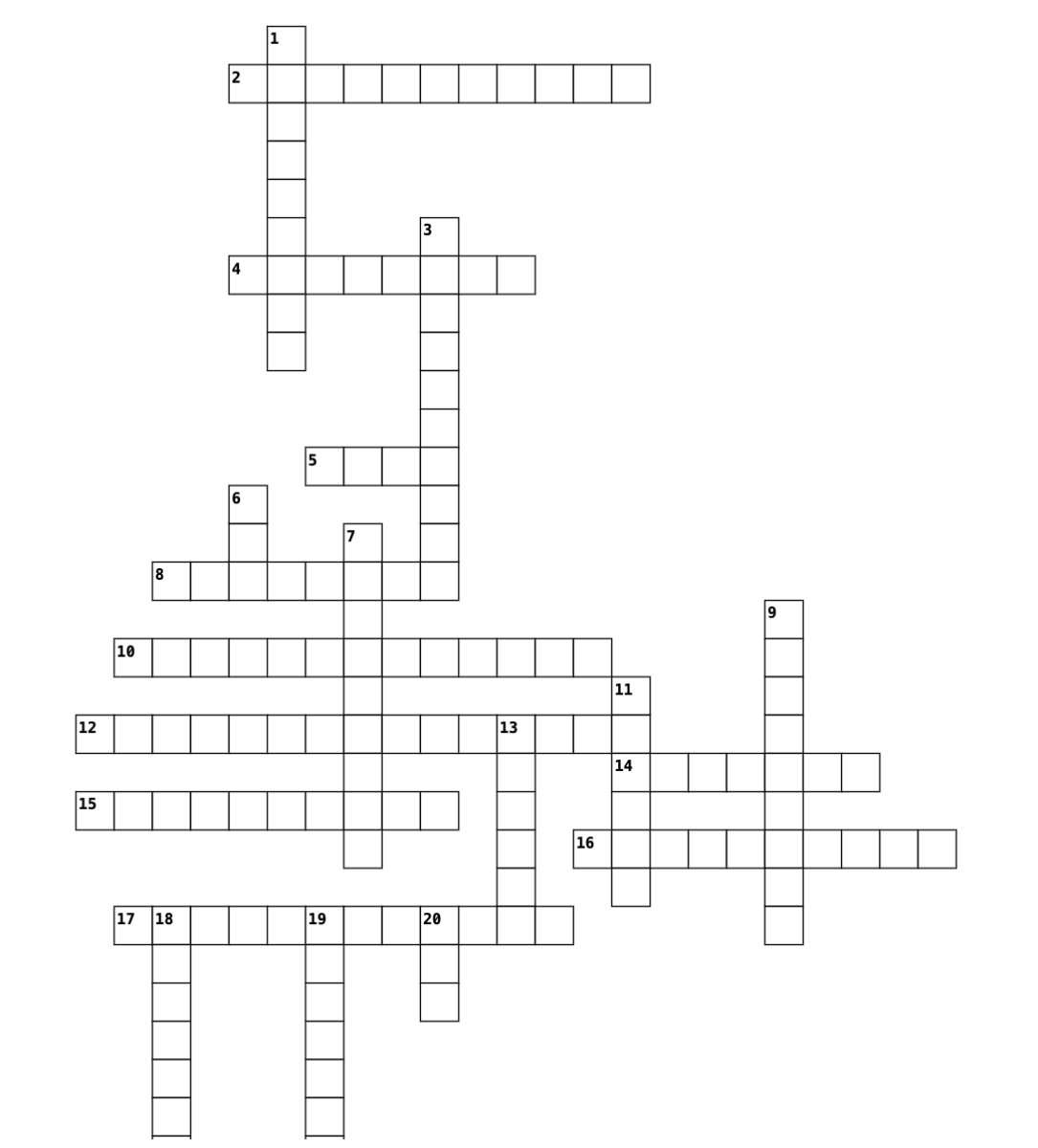
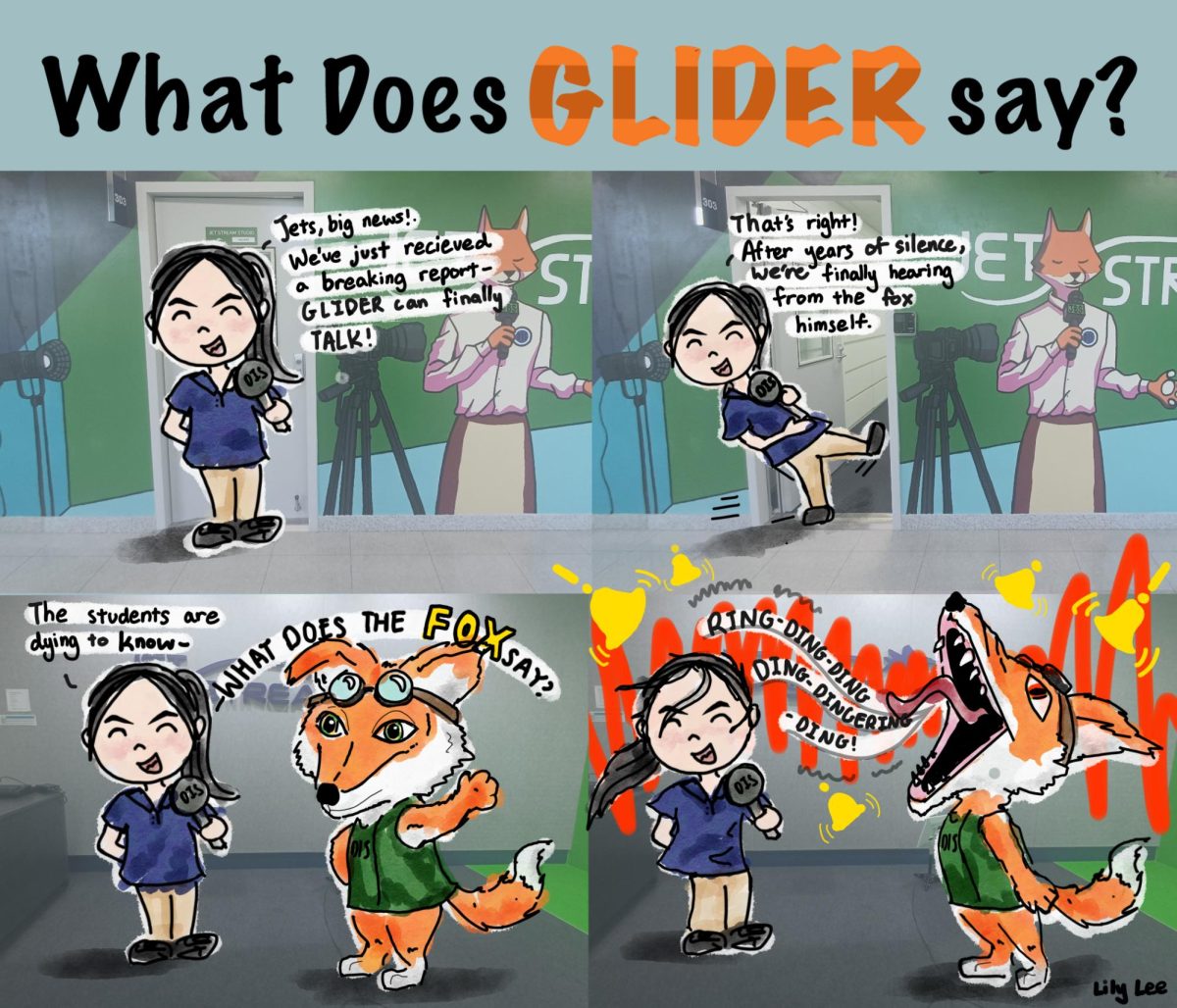
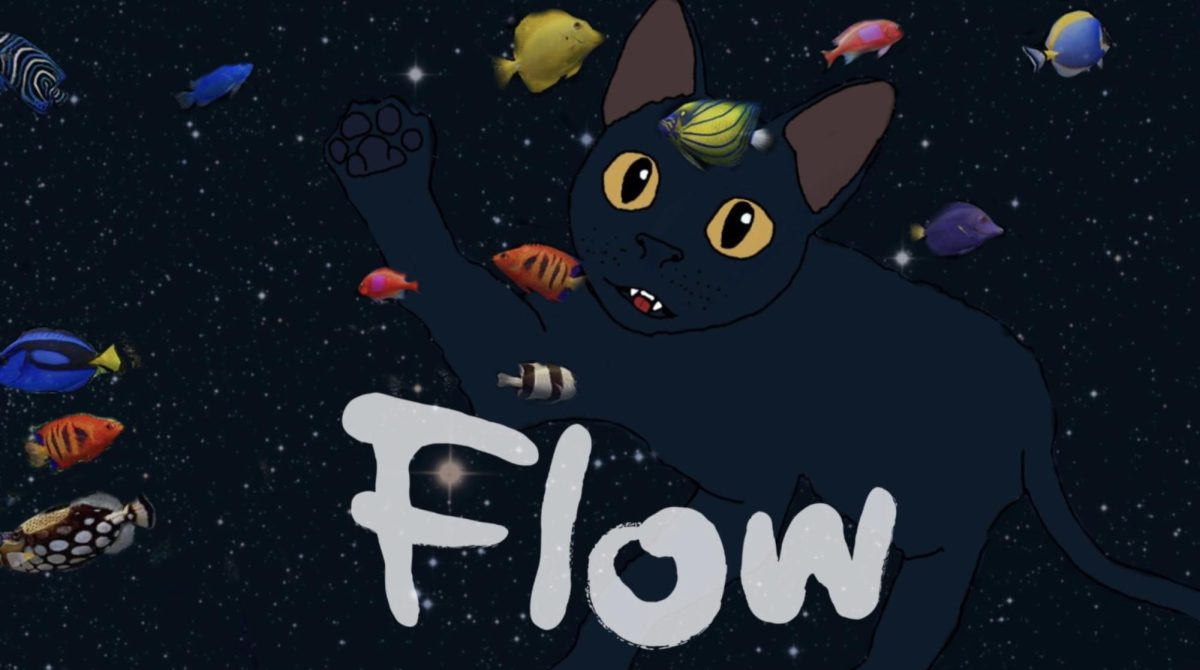



Sophia • Apr 24, 2025 at 7:24 pm
I also watched the movie and it was very confusing. I didn’t really understand the plot. But I think the animation was very smooth and the background was pretty. Personally it was not my favorite, but it was a unique experience.
GG • Apr 17, 2025 at 7:27 pm
I also watched the movie, and it was confusing yet very impressive. I heard that they used actual sounds of the animals for the movie, and the capybara was the hardest to take because it didn’t make a sound, even though they tickled it. It was confusing since there were no words in the movie/animation: but the movie directors did a great job portraying the emotions of the animals, especially the cat.
sophia • Apr 24, 2025 at 7:27 pm
I was confused sometimes too and I had to pause the movie from time to time (because I watched it on my laptop) haha… The directors really depicted the emotions well though- like the animals really behave like animals and yet we could all grasp the emotions! And yeah I heard that story!! They ultimately ended up using a baby camel instead which I thought was really funny.